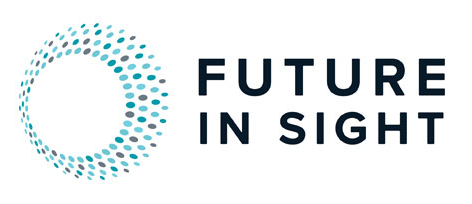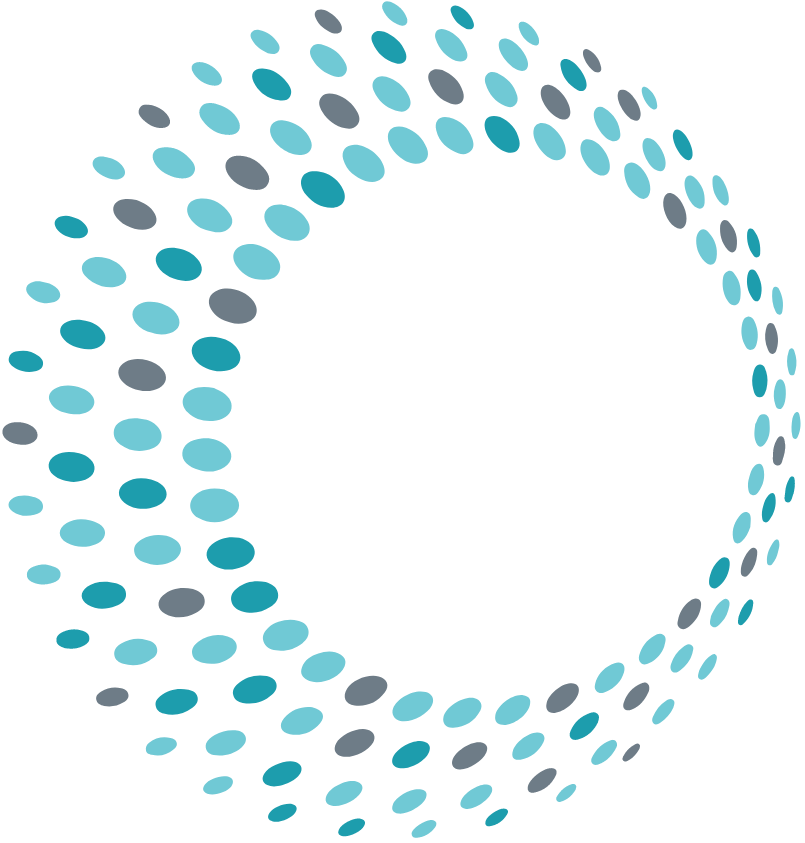
Once upon a time my best visual acuity was 20/40.
My field of view was limited to 40 degrees with no peripheral vision. I experienced extreme sensitivity to white light and had to keep my surroundings pretty dim and be very mindful of glare. Any bright light and I might not see anything for a few moments until my eyes adjusted. I had impaired depth perception, so my head was constantly on a swivel to avoid crashing into things.
I spent a lot of time looking at a computer screen and constantly adjusting the magnification and toggling the polarity between white and black hot to get the best image quality so I could try to tell what I was looking at.
Any guess as to what I’m describing?
If you said I was talking about having glaucoma I’d say good guess considering where you are likely reading this post… but actually, my vision wasn’t impaired at all. Wait what?
I was actually describing the experience of flying on Night Vision Goggles (NVGs) as both a Marine Corps and civilian helicopter pilot. The NVGs we flew with were pretty amazing but they certainly had limitations! First of all you had to realize that your acuity was never going to be 20/20… especially on really dark nights.
Secondly, going from having 188 degrees field of view during the day to 40 degrees field of view on the NVGs meant that even the simplest landings became much more difficult. A tree that you’d easily see during the day might be missed on NVGs and if you weren’t careful, it would jump right out and grab you so to speak. Overlook just one obstacle—a tree, wires, a small ditch– and that could spell disaster for yourself, the crew, passengers, and even people on the ground.

Like a CCTV
So what about that computer monitor I described that sounds strikingly like a CCTV? Well… technically it was a CCTV except that our system used infrared (IR) instead of visible light to allow us to better be able to see things at night. I could pan the camera back and forth as well as up and down, and zoom in and zoom out- functions many CCTV users would be familiar with.
Flying Helicopters to Occupational Therapy
So how did I go from flying helicopters to providing low vision services as an Occupational Therapist at Future In Sight? Well, first of all, when I was flying we had to study vision, optics, and electro-optical systems, and understand the benefits and limitations of any of the systems we might use, as well as the limitations of our own visual system and how our brain interprets visual information. So you could say that my intro to low vision was pretty non-standard!
 Secondly, I have a family history of macular degeneration and my father raised my brothers and me with rules for protecting our vision. He told me from the time I was young, “Protect your vision and you could be a pilot someday.”
Secondly, I have a family history of macular degeneration and my father raised my brothers and me with rules for protecting our vision. He told me from the time I was young, “Protect your vision and you could be a pilot someday.”
Even though my flying days are behind me, I am still committed to protecting my own vision and educating clients and the public about ways that they can promote good eye health. My dad has passed, but I think he would be proud that I still think of his words every time I’m with a client and teaching them about the things they can do to protect their vision.
And finally, if I’m going to be totally honest, I flew a lot of patients with gruesome and life altering injuries. I’ve also known a lot of folks that didn’t walk away from their helicopter crashes. Meaning, that even though I really wanted to work in healthcare, I was pretty burned out from all the adrenaline of 21 years in the Marine Corps with multiple overseas deployments and 18 years of that time spent flying planes and helicopters.
Not the Standard Path
True, helping people with low vision may not get my blood pumping as much as flying on a dark night in strange and sometimes inhospitable places around the globe, but I love the satisfaction of getting to work with clients in their homes to help them accomplish their goals.
I also love the mental stimulation of having to problem solve to find the right solution for a client and I enjoy staying on top of new research and new technologies that can help people remain independent with or participate in the things that are important to them.
So while my journey may not be the standard path to working in Low Vision, I am grateful that my path brought me here, to Future In Sight.

